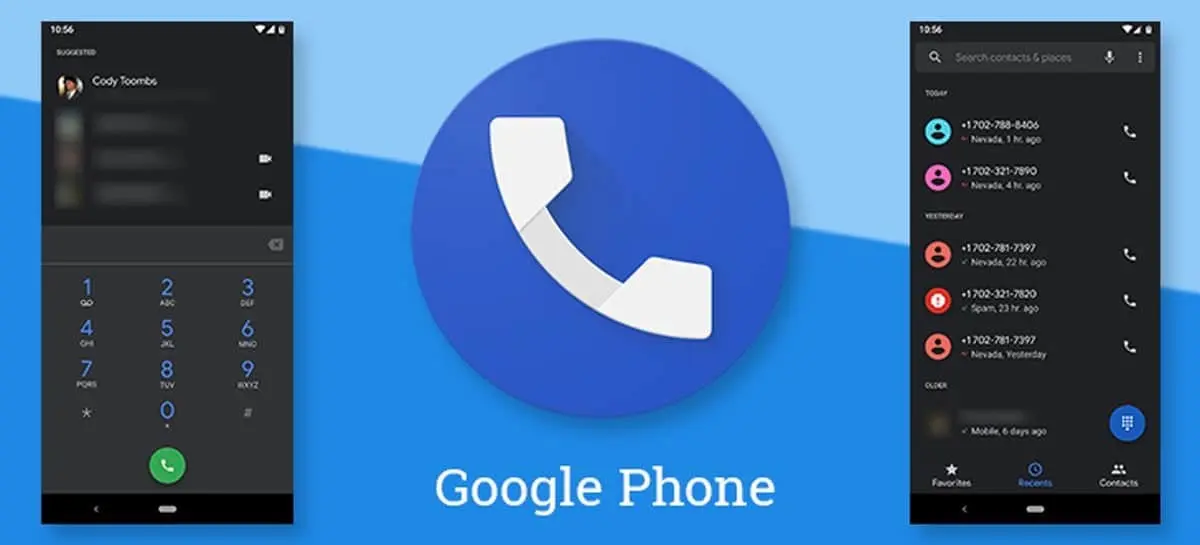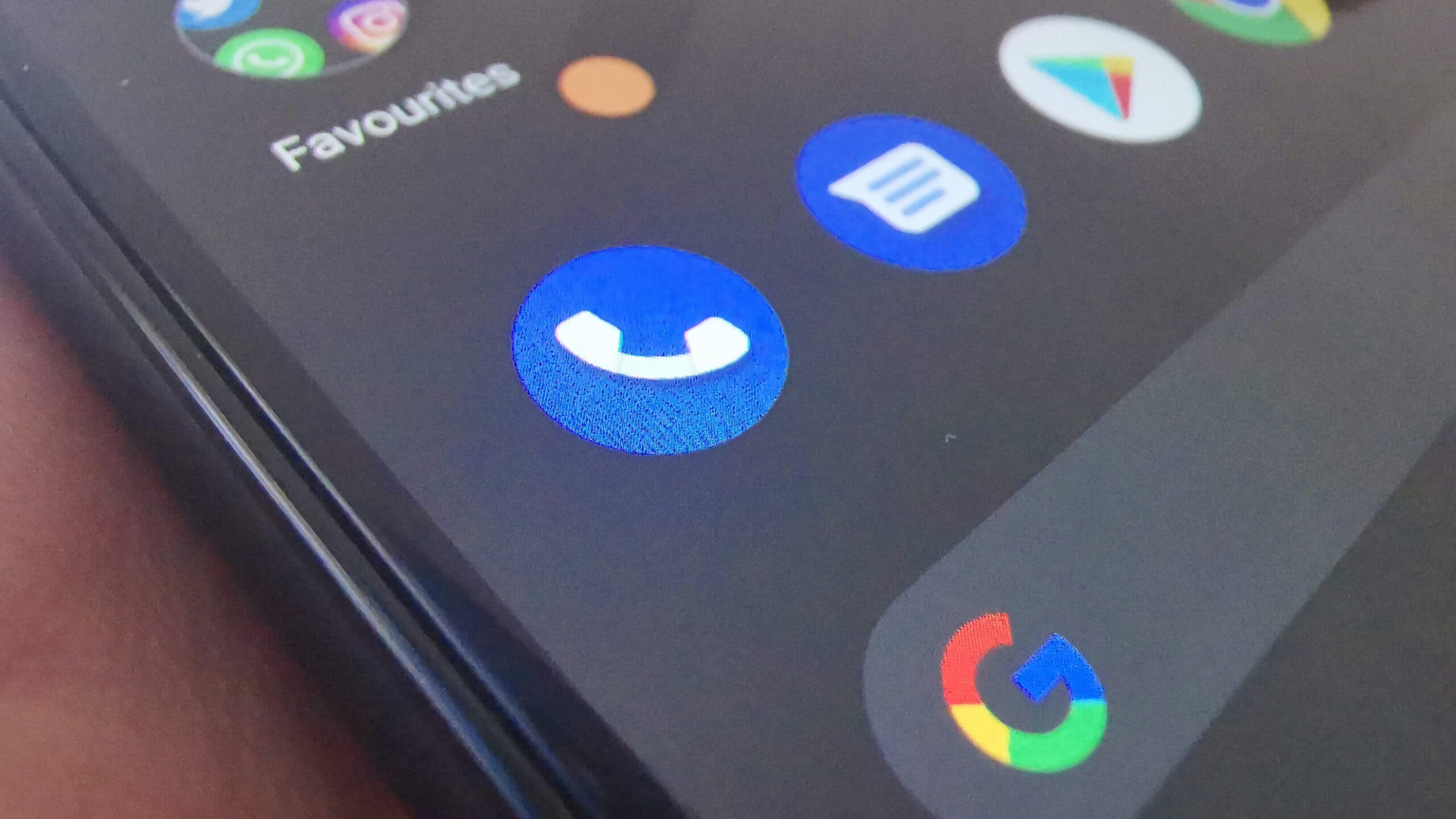In an era where convenience is king and our smartphones are the scepters we wield to command vast reservoirs of information, Google has decided to strip one of its royal features from the Google Phone app. The “Nearby Places” function, which once seamlessly bridged the gap between the Google Phone app and Google Maps, allowing users to dial businesses directly from their search bar, has been officially decommissioned. This move, first announced in February, has left many pondering the future of phone app functionalities and Google’s strategic priorities.

Google Phone: A Feature Forged from Convenience
The integration of Google Maps into the Google Phone app represented a pinnacle of user-friendly design. It eliminated the need to memorize or search for phone numbers separately, offering a direct line from search to call with the ease of typing a business name. This feature wasn’t just a novelty; it was a practical tool that highlighted Google’s prowess in harnessing its ecosystem to enhance user experience. Available on Pixel phones since the Pixel 2 era and to a broader audience via the Play Store, it underscored Google’s vision of an interconnected digital experience.
Google Phone app update hints at a dark mode https://t.co/3NCkbVdhhr pic.twitter.com/nfIAiEsRb7
— FoneArena Mobile (@FoneArena) September 27, 2018
The Unplugging of a Google Gem
Despite its utility, Google has cited a surprisingly low usage rate as the primary reason for the feature’s retirement. The tech giant suggested that the majority of users prefer the traditional routes of Google Search or Maps for their business calling needs. This explanation, however, skirts around the issue of the feature’s reliability in recent times. Reports have emerged, including a bug report with over 100 comments and numerous forum discussions, indicating that “Nearby Places” has been malfunctioning since around August 2023. New devices were reportedly shipped with the feature already disabled, hinting at a deeper disconnect between Google’s vision and its execution.
Beyond the Feature: A Glimpse into Google’s Strategy
The decision to remove the Nearby Places feature might reflect more on Google’s strategic realignments than on user engagement metrics alone. Google Maps, a platform known for integrating advertisements into its search results, contrasts with the ad-free experience of the Google Phone app’s feature. This move could be seen as an effort to drive traffic back to Google Maps, thereby enhancing ad revenue opportunities.

What This Means for the Future of Google’s Phone App
The removal of the Nearby Places feature from the Google Phone app marks a significant shift in Google’s approach to its ecosystem. While touted as a key selling point, especially for Pixel phones, the pruning of such features raises questions about the future direction of Google’s app development. Will Google continue to streamline its services to encourage usage of its ad-supported platforms, or will it find new ways to integrate functionalities that prioritize user convenience without sacrificing its revenue strategies?
As we navigate through the changing landscape of smartphone features and services, the dial tone of the Google Phone app’s Nearby Places feature fades into silence. What remains to be seen is how Google will balance its technological prowess with its commercial imperatives, ensuring that its kingdom of users remains both engaged and satisfied.


